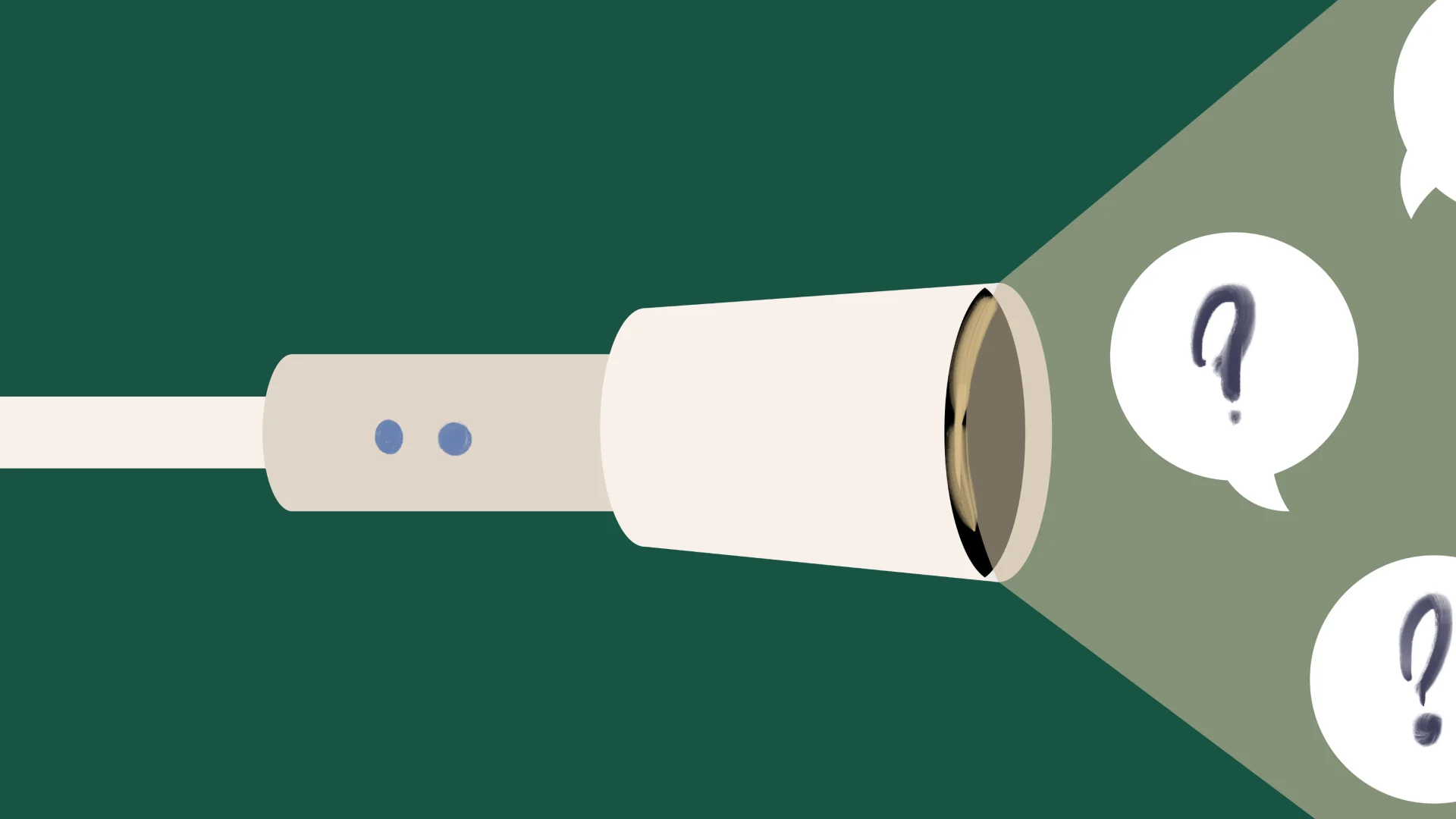
By now, most businesses are collecting customer feedback in some capacity.
Autor(a)

Flora Frichou
Global Content Marketing Manager
When she's not writing, Flora likes to think of herself as a professional online shopper. She loves a bargain and could spend hours comparing and researching products online. That's one of the reasons why Flora believes in Trustpilot's mission to make the world a better place, one review at a time. If you would like to learn more about Flora, you can find her on LinkedIn, or read more from her on the blog.


